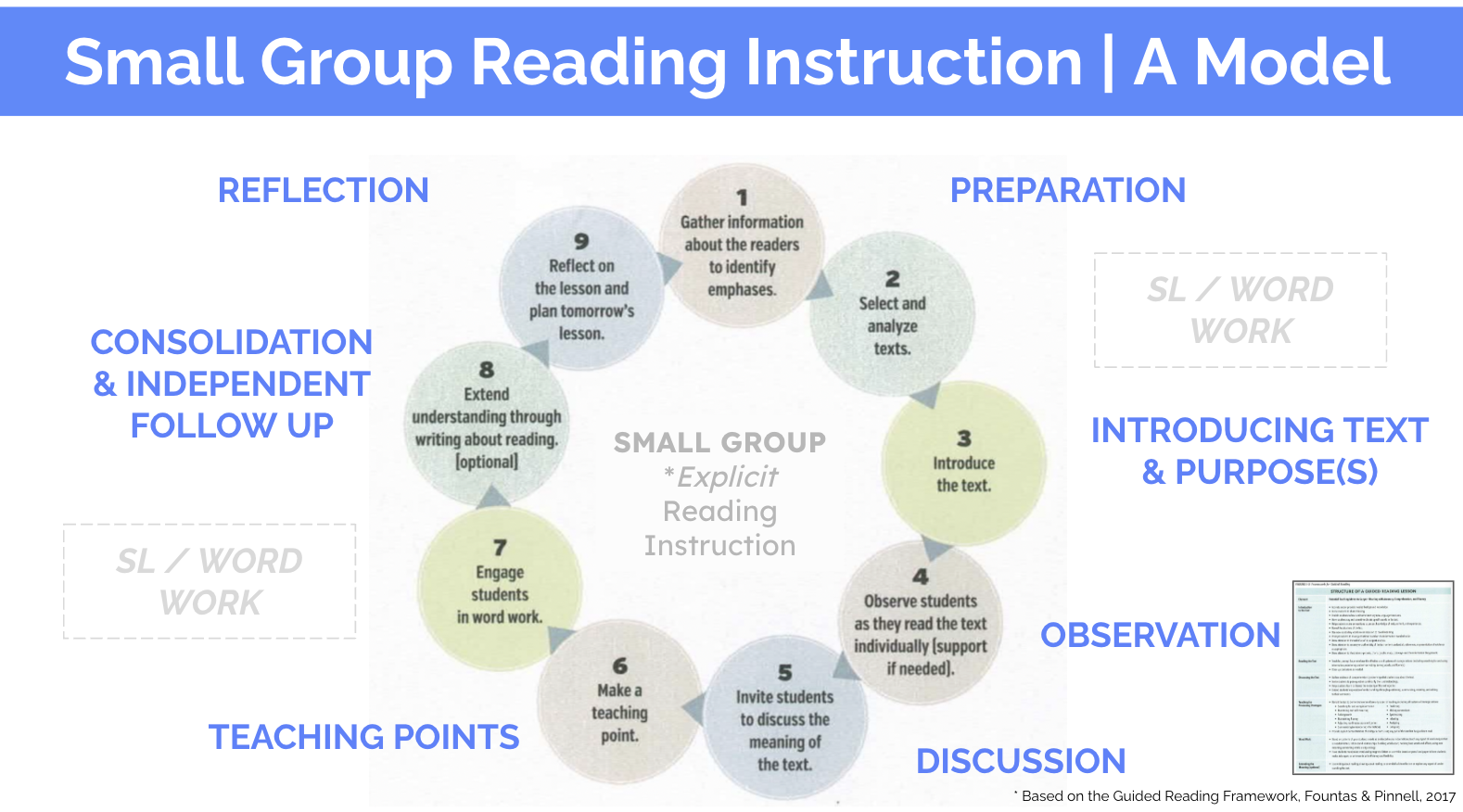Guess who's back...
Best day ever... or maybe that was a sunny day in Rarotonga, I spose weddings and birth of children might trump it also. There was that day... Ok maybe an element of hyperbole but it was a great session of RPI as we looked at some very useful things, had some very useful discussion and had some very useful time to explore. Useful day ever if you please.
Breakout
We started with a discussion - peers share and ideas from colleagues - good to hear how things are working for others and challenges that seem universal.
Took some time to check out (maybe at the Blog stage) Sugarbug's Flutterbye album - may have to get a signature from Sean.
We shared our plans and resourcing for groups. More good and useful ideas.
Ubiquitous You
Dorothy came in from Spain (She said it was a background) and extolled the virtues of our sites. This was a reminder of all the things we have been doing and why, along with how they are proven effective.
Grouping - rule of thumb thanks to Kiri
In Years 7-8: two groups per day per teacher, total time 45 - 50 mins
Each teacher should have 4 - 5 groups altogether.
Groups achieving at or above expectation: twice a week.
Groups below expectation: more regularly - at least 3 times a week, daily if possible.
This will mean that only the at risk students will be seen each day.
As the teacher - timetable for teaching groups, conferencing, roving, tracking and monitoring - taking observation notes.
Use your Teacher aide to support - I use this so I can target groups in writing and math currently along with specific 1-1 program delivery.
I felt my timetable would work better for me than examples due to my context. I have it working to almost a 100% teacher time thanks to my upstairs partna!
Fitting all the programs and curriculum is a 'fun' challenge.
Tracking - to empower
Pleased to say this is a happening thing in the Ki Runga crew thanks to the talented Whaea Kay. Check out the site to see (May need to reiterate, monitor and remind)
Digital aps
Something old something new. Looking forward to using these.
Used some text to set up think aloud.
Lots more but I want to post. Loved the reader/writer connection and the templates provided. Inferring information will be of great value.
Looking forward to our next load of info. Time does make the wine and time to reflect, create and sandbox makes PD valuable! Thanks Adijah.
Ka kite



















